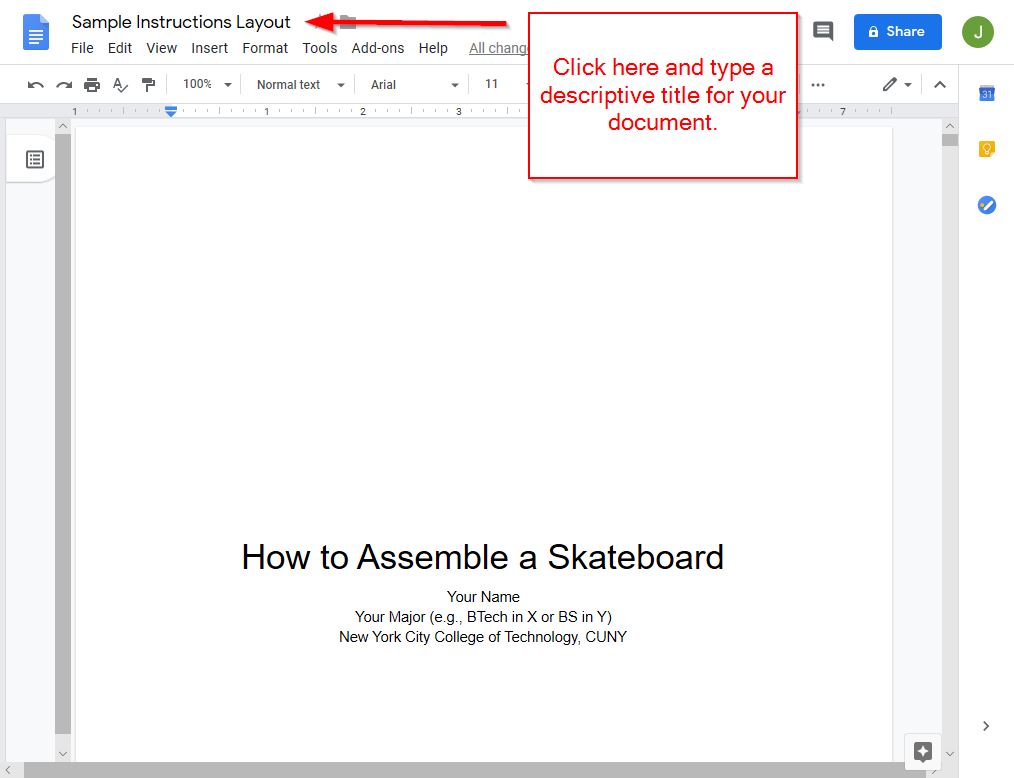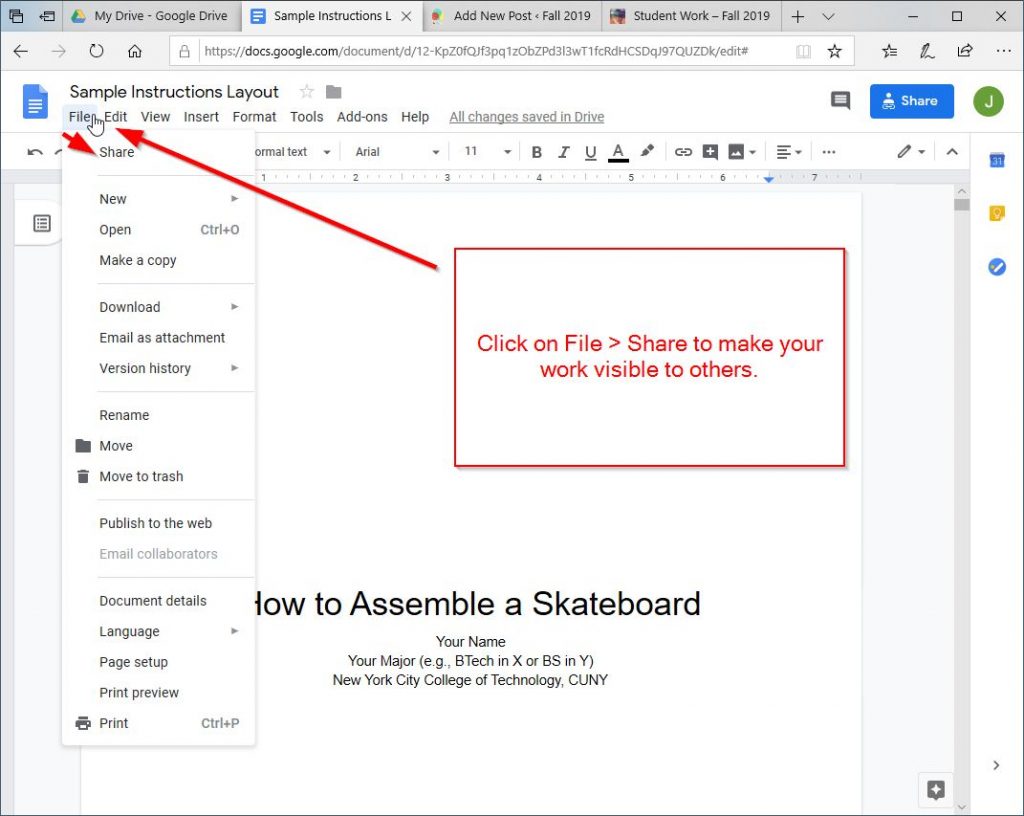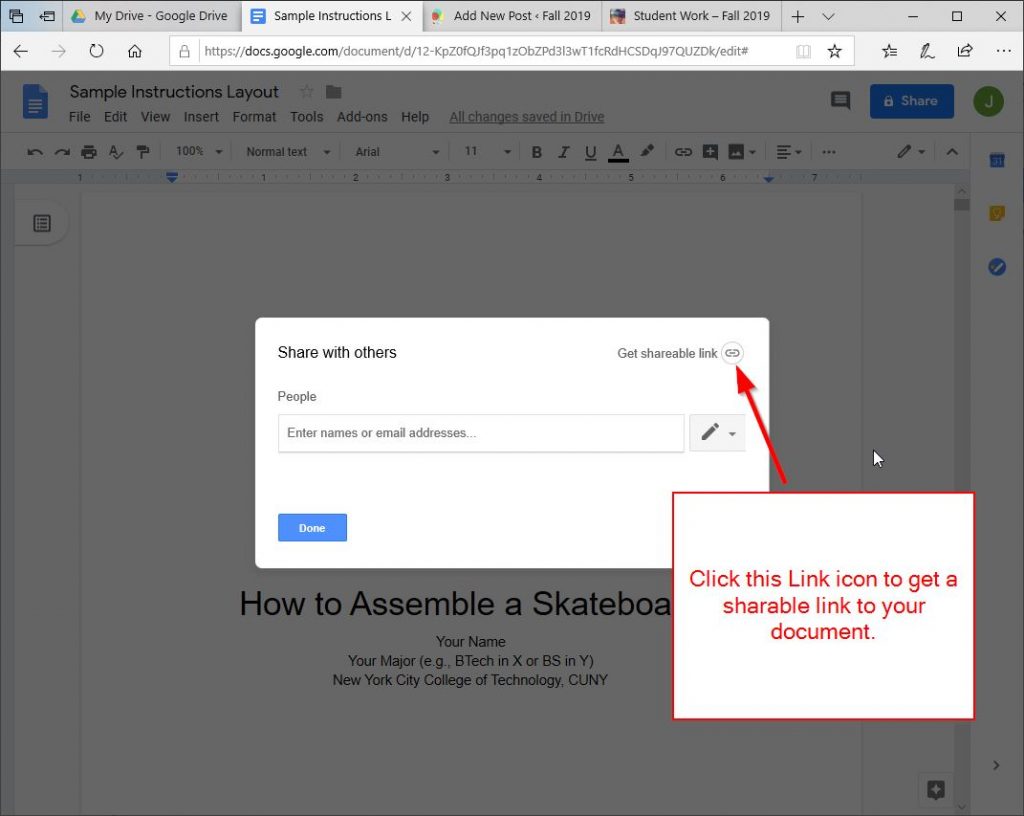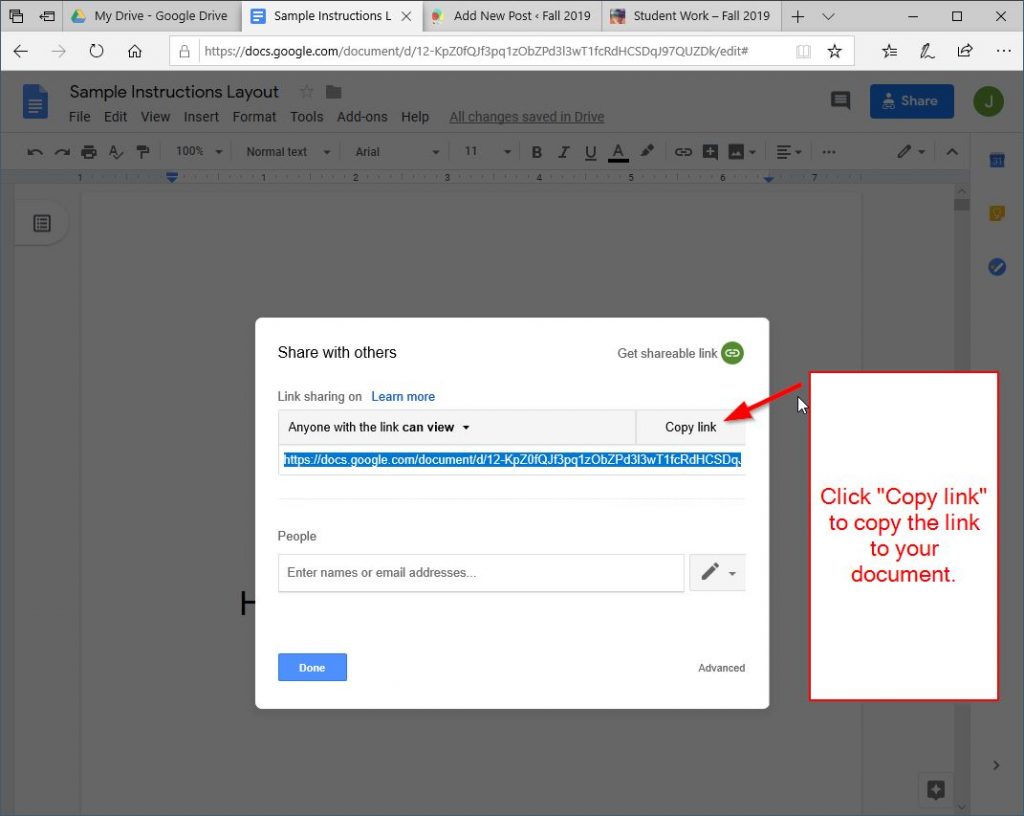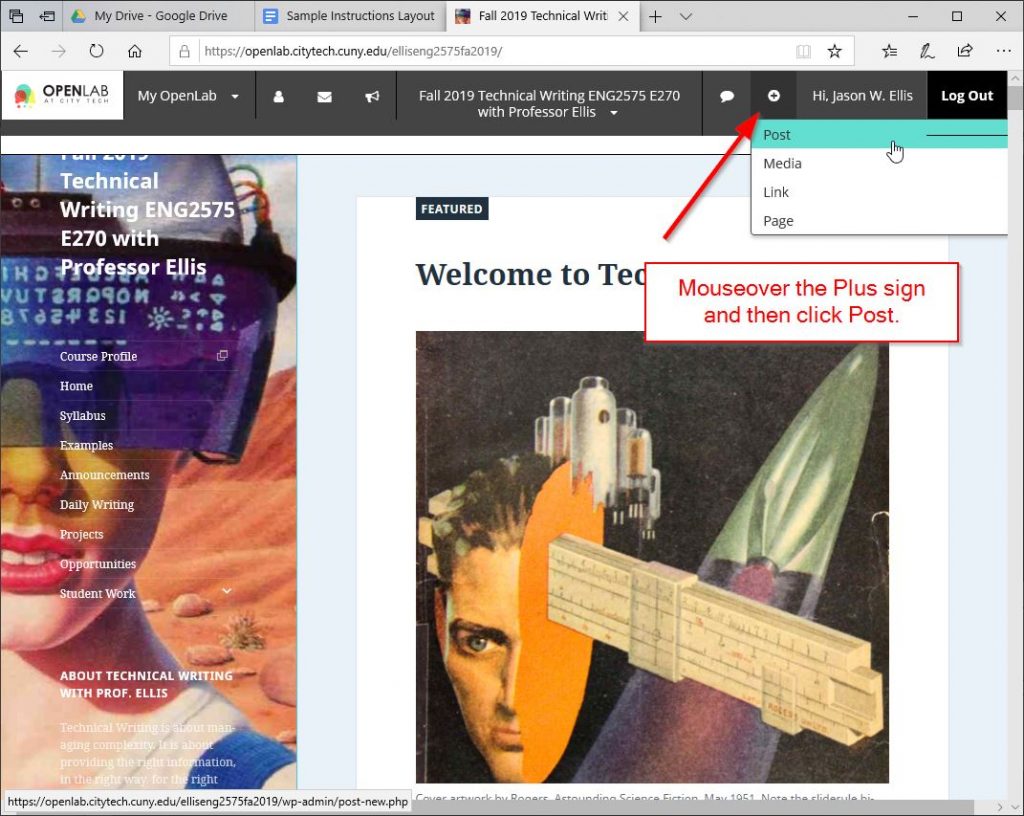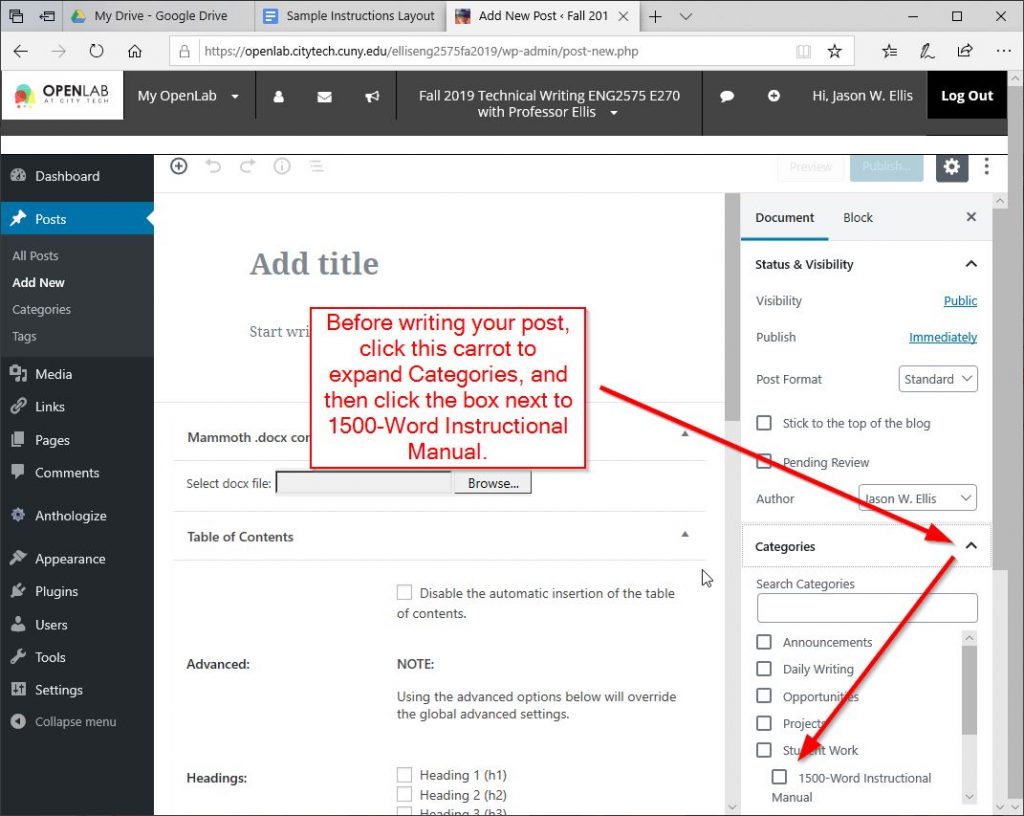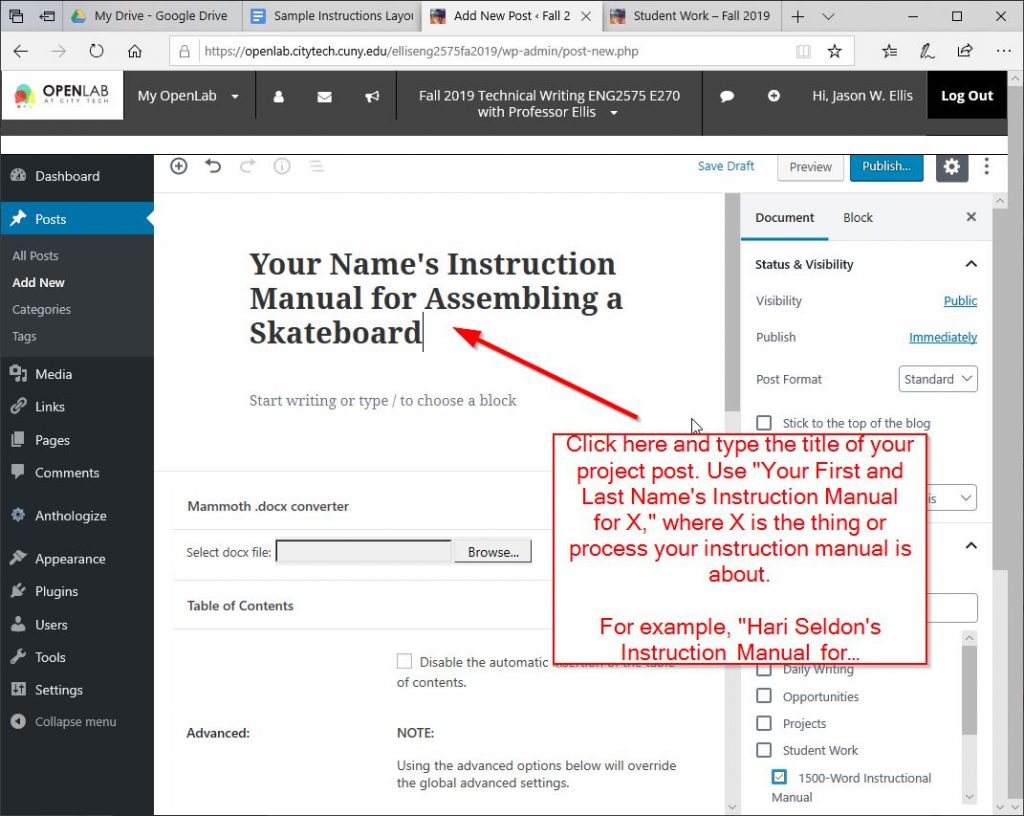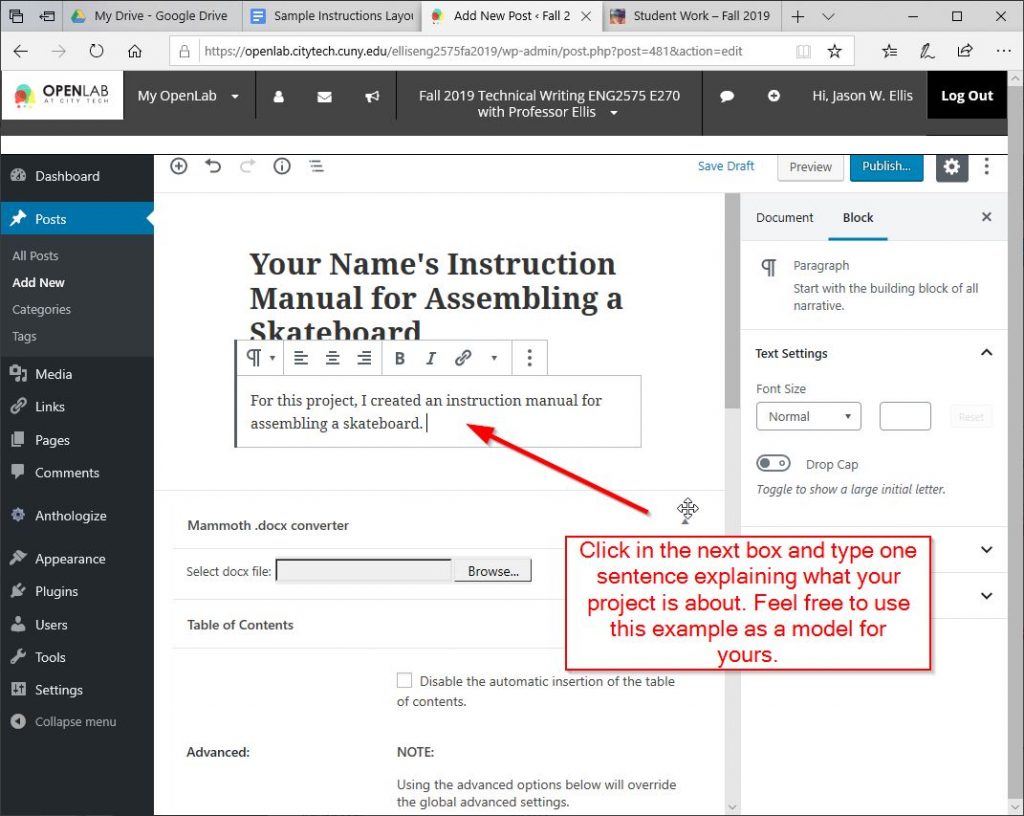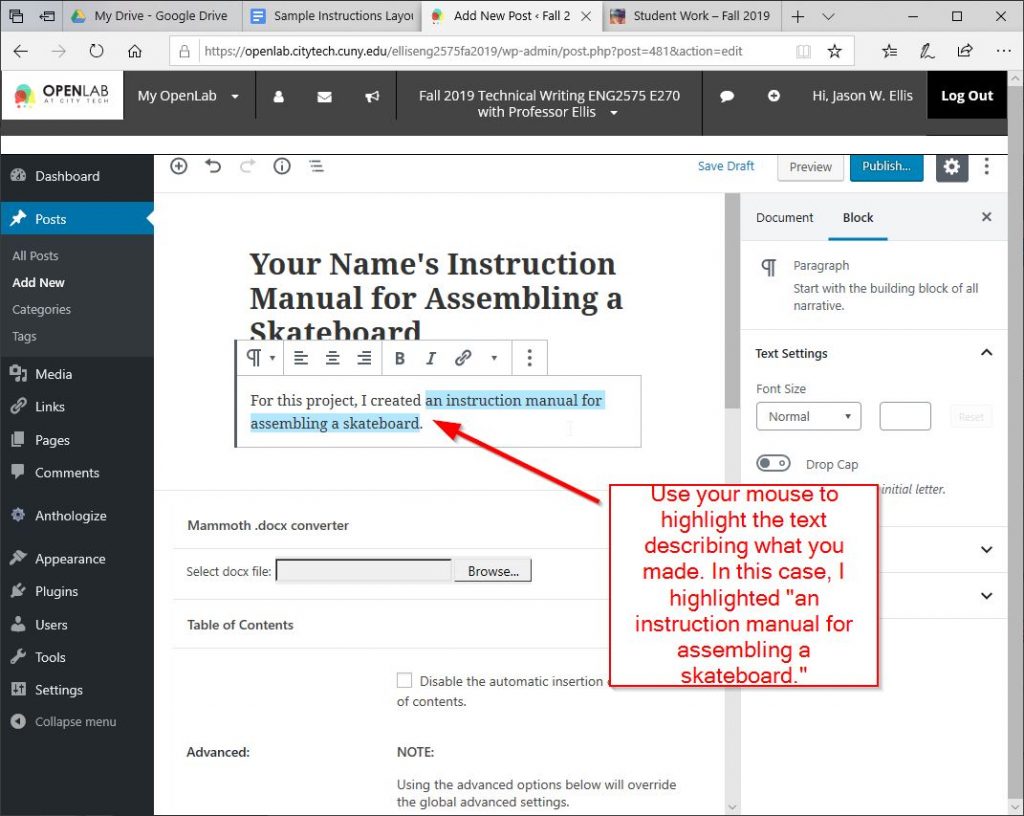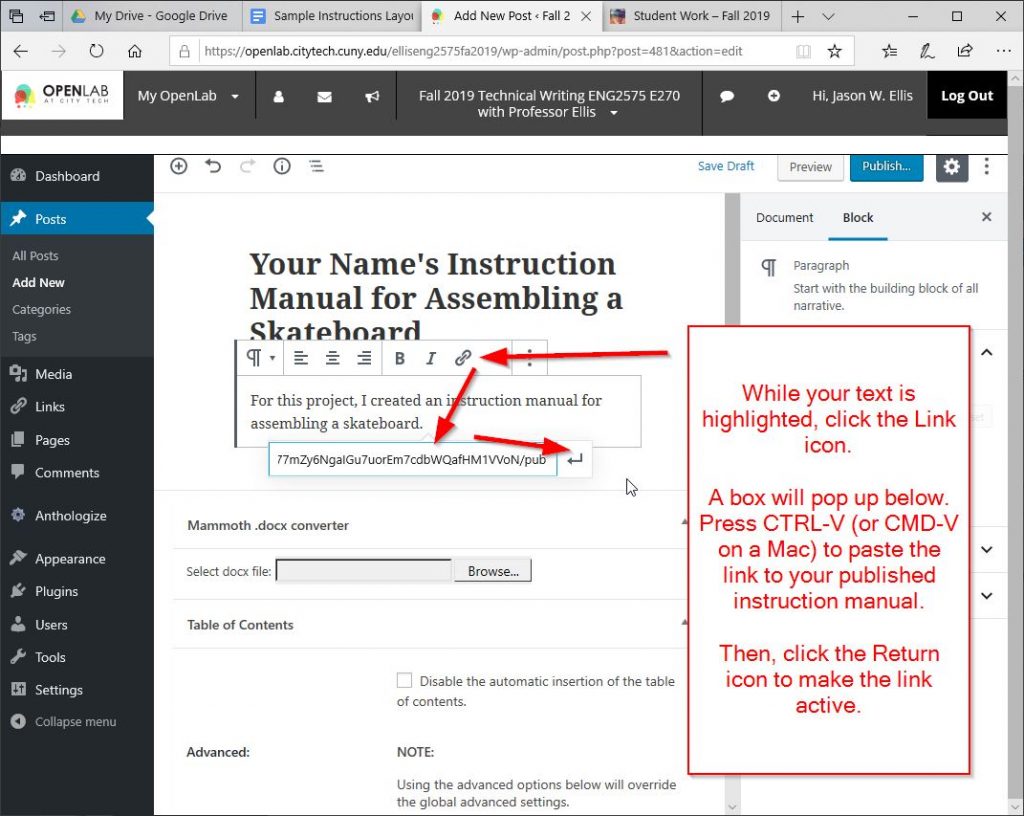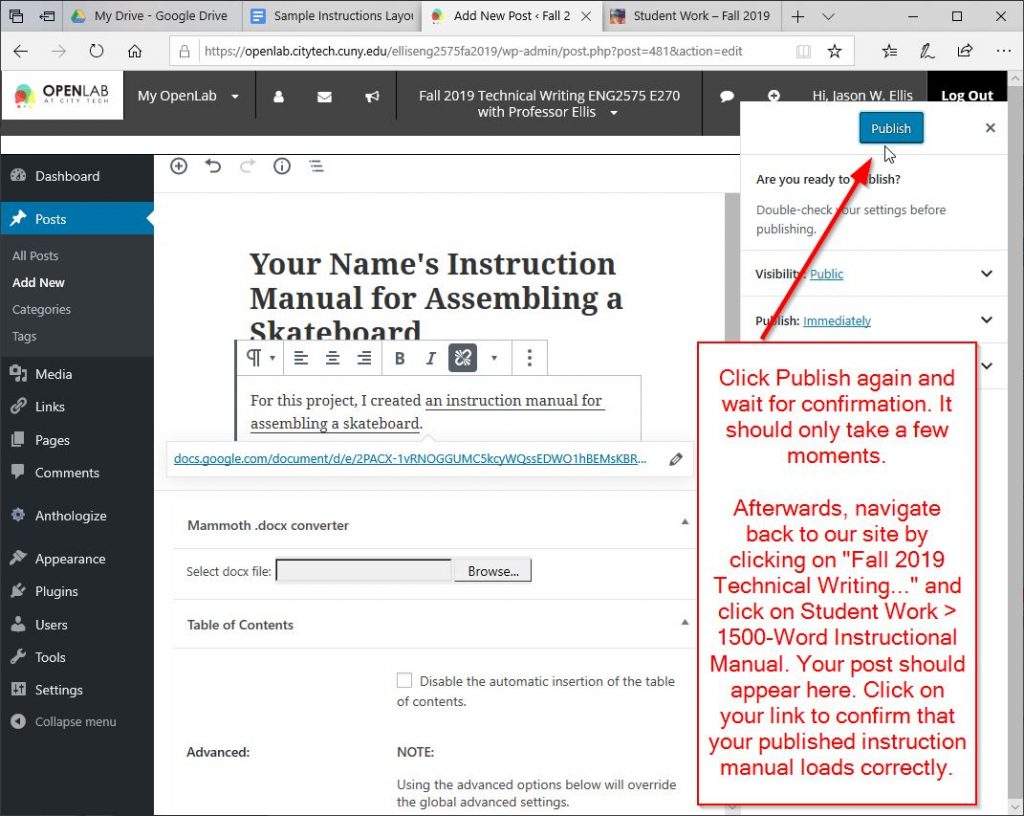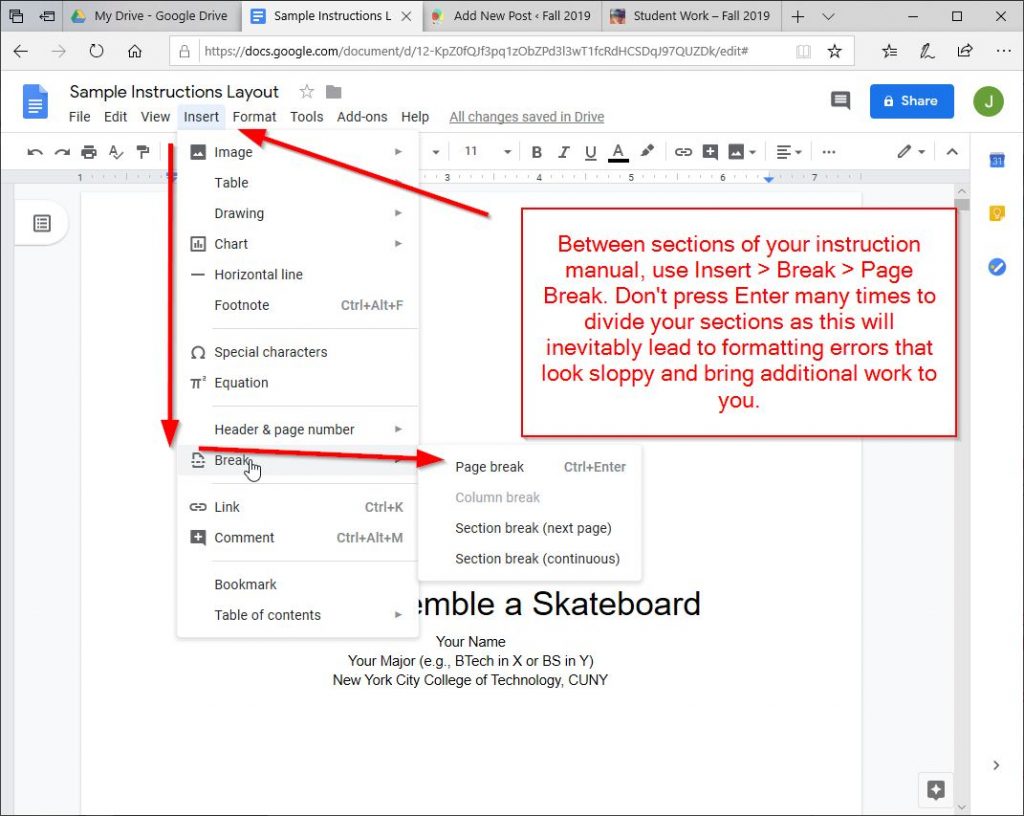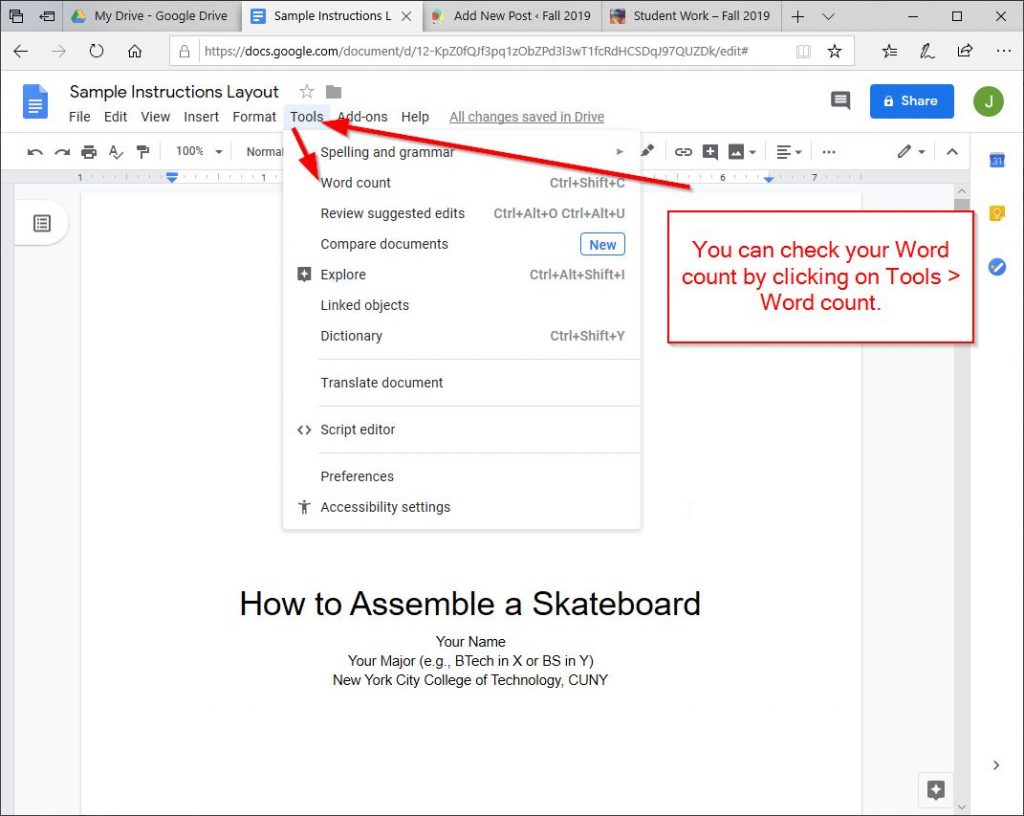Today, we are having studio time to work on your instruction projects. We will also share team assignments for the next project, which will be a collaborative effort.
Remember, the new due date for the instruction manual project is before class on Tuesday, 11/12.
Adding to the sample instruction manual shared in our last class, here is an excerpt with useful examples of the materials and directions sections for a photograph-focused set of instructions.
